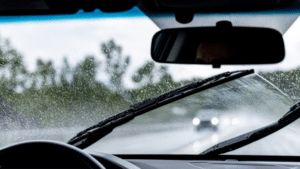Hands-free technology may be the solution to any number of real world problems, but distracted driving is not one of them. Some distracted driving laws have placed an emphasis on things that take a driver’s hands off the wheel. Texting is a primary example of an activity deemed too dangerous to for drivers to engage in. Unfortunately, there doesn’t appear to be a significant difference between distractions that require your hands and those that don’t. Anything that takes your attention off of driving your vehicle is dangerous.
Google Glass is an example of technology that furthers the myth of multi-tasking while driving. A head-up display like Google Glass does allow a driver to keep both hands firmly on the wheel. It does not allow the driver to pay attention to two or more things at once. The human mind is simply not capable of concentrating on a Google Glass display and on the necessities of safe driving. Recent studies have confirmed that speech-based texting and other hands-free activities significantly impair driver function.
While the technology is new, the problem is old. The first distracted driver was likely the first driver. Google Glass, smart phones and GPS devices may be new ways for the problem to express itself, but distracted driving has been around for a long time. Wearable technology may be no more or less distracting than the kids in the back or a new billboard on your drive home. Anything that attracts your attention while you should be focusing on safe driving can be the cause of a serious accident.
Source: Forbes, “Research Reveals Danger Of Texting While Driving With Google Glass,” by Elise Ackerman, 29 September 2014










